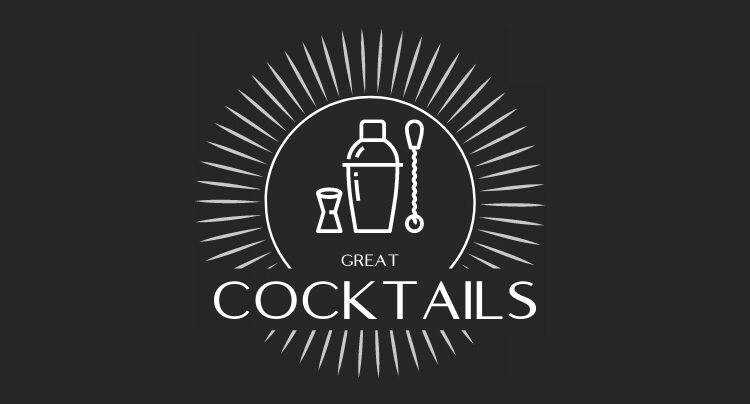There’s an old gentleman down our way who for years, has been in the habit of saying, ‘Whisky when you’re sick makes you well; whisky when you’re well makes you sick.’ He uses it as an excuse to enjoy a glass or two of malt each night – ‘In moderation it doesn’t make you sick’ – and that’s the same reasoning used by the monks of old who distilled it as a medicine.
Back in 1577, Raphael Holinshed claimed that whisky ‘… slows the age, it cuts the phlegm, it lightens the mind, it quickens the spirit …’ and much more besides! But from where did this wonder cure originate?
The History
The Egyptians used to distil perfume as long ago as 3000BC, and it was while making cosmetics that Arab alchemists discovered how to distil alcohol. The Moors adopted the technique and introduced it into Spain from where it spread throughout Europe.
Legend has it that it was Saint Patrick who first introduced distilling to Ireland. Whether that’s true or not, it generally accepted that monks made the first aqua vitae (water of life) in Ireland in the 11th or 12th century.
Aqua vitae (water of life) is known in Gaelic as uisge beatha. The pronunciation of ooshki bah became whisky.
From Ireland it was taken to Scotland, where the first definite record of it is as a transaction in the Royal Courts in 1494 when a Friar requested malt to make aqua vitae.
Scotch Whisky
Uisge beatha quickly became popular, as a tonic, throughout Scotland and soon whisky distilling was widespread. One of the main crops grown in Scotland at that time was barley. The climate prevented the long-keeping of much of the harvest so it was turned into ale (bere, from the name of the type of barley); it was only a small step from here to whisky production.
Did you know, only whisky produced in Scotland can be called Scotch.
Governments, being what they are, became aware that people were enjoying this drink, and saw a way to raise money. In 1644 the Scottish Parliament introduced an excise duty. Few commercial distilleries existed with most of the production taking place on farms, whose owners saw no reason why they should have to pay for something they had been making at home for many years. Indeed, the sale whisky contributed to the local economy helping tenants to pay their rent. The result of the tax was to send the whisky production underground. Illicit whisky stills proliferated and the whole community, including the kirk, collaborated in the concealment.
The illicit spirit was sometimes stored under the pulpit or transported in coffins to avoid the excise men. By 1820, even though 14,000 illicit stills were being confiscated every year half of the whisky drunk in Scotland was still consumed without a penny being paid in tax.
This ridiculous situation, which involved employing huge numbers of excise men, and many battles, including actual confrontations with guns and woundings, had to be brought to an end. The Duke of Gordon, whose land was home to many illicit stills, and who quite probably enjoyed the product, suggested that if the government made whisky production profitable, the problem would cease.
The1823 Excise Act made commercial production viable and legal distilleries, including many still in existence today, opened up.
Blended Whisky
The next major date on the whisky calendar is 1831 when Aeneas Coffey invented a still that allowed continuous distillation to take place, resulting in the production of grain whisky, a less intense spirit. Blended whisky contains a mix of malt and grain whiskys. Blended with malts, the result appealed to a wider population and increased the market.
Today there are about 85 malt and a number of grain distilleries in Scotland.
Irish Whiskey
At the end of the 18th century it was Irish whiskey (with an ‘e’) that dominated but government taxation and regulation of the industry, aimed at stopping smuggling, led to a decline.
The Irish refusal to use the Coffey still and produce blended whiskey led to a further decline. Coffey was an Irishman who had been an Excise Officer. Today there are three malt and two grain distilleries in Ireland.
Malt Whisky
- Made from malted barley, this is the connoisseur’s choice.
- Malted barley is created when barley is soaked in water until it begins to germinate at which point it is heated to dry. Things like what fuel is used e.g. peat, affect the final taste of the whisky.
- Single malts are the produce of one distillery with its particular distinctive features.
How to Drink Malt Whisky
Rules:
- Use a ‘tasting’ glass i.e. a small tulip-shaped glass. A traditional whisky glass lets the fragrance escape.
- Never pour whisky onto ice as this kills the aromas and neutralises the tastebuds.
- Do not add any mixers to it – what is the point of drinking fine malt whisky if you’re going to cover up the taste?
- A tiny drop of water, preferably from the same source as the whisky, can be added and may enhance the flavour.
- Break one or all of the rules and enjoy as you will!
Cheers! Slainte!
